
Pin page
Williams syndrome was first identified in 1961 by John Cyprian Phipps Williams (1922- fl. 1970s), a New Zealand cardiologist, who was a rather eccentric individual. He was last seen alive in the mid 1970s in Salzburg in Austria. Interpol were unable to locate Dr Williams after a request from his sister and in 1988 the High Court of New Zealand.
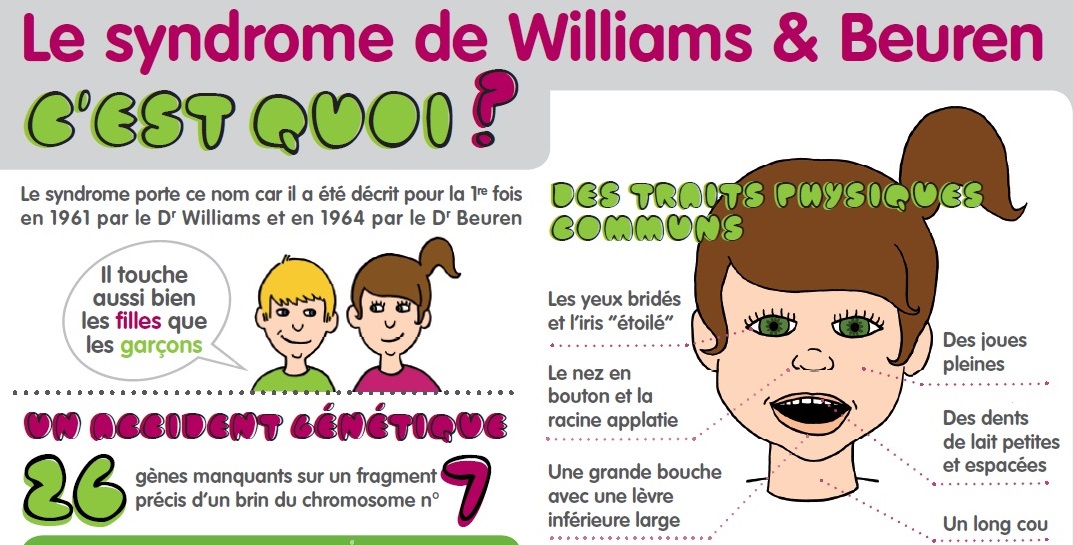
SYNDROME DE WILLIAMS. Une maladie rare les autres"
syndroom van Williams-Beuren Coderingen ICD-10: Q 93.8: ICD-9: 758.9: OMIM: 194050: DiseasesDB: 859: MedlinePlus: 001116: eMedicine: ped/2439: MeSH:. De meeste patiënten met het syndroom van Williams hebben een vernauwing van de aorta (supravalvulaire aortastenose), van de longslagaders of van de slagader naar de nieren.
Mijn Leven Wat is Williams Beuren Syndroom?
Williams syndrome (WS) is a rare disorder caused by a microdeletion of 17 genes on one copy of chromosome 7q11.23. WS results in an unusually uneven cognitive profile. Language and face processing are seemingly spared, whereas other higher cognitive functions (spatial cognition, number, planning, and problem solving) are seriously impaired.

Mare (4) heeft het syndroom van WilliamsBeuren Documentaire Familiefotografie
Williams syndrome (WS, OMIM #194050 [ 1 ]), also known as Williams-Beuren syndrome, is a multisystem, contiguous gene deletion syndrome caused by hemizygous deletion of 1.5 to 1.8 Mb on chromosome 7q11.23. The epidemiology, genetics, clinical manifestations, diagnosis, and management of WS are discussed here.
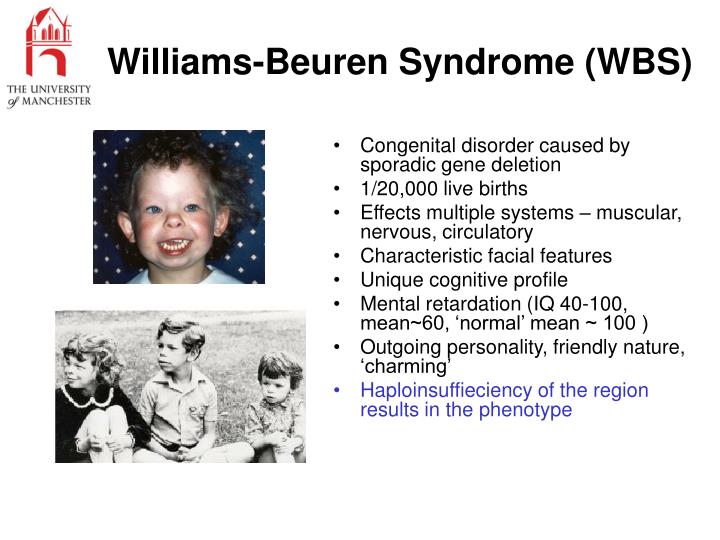
PPT Exploring WilliamsBeuren Syndrome using my Grid PowerPoint Presentation ID3053669
Williams-Beuren syndroom Het Williams syndroom wordt ook wel het Williams-Beuren syndroom genoemd, naar de twee artsen die dit syndroom beschreven hebben. Het wordt ook wel afgekort met de letters WBS.. Soms wordt kort na de geboorte al duidelijk dat er sprake is van het Williams syndroom, vaak wordt dit pas op latere leeftijd voor.

Σύνδρομο WilliamsBeuren
Williams syndrome, also known as Williams-Beuren syndrome, is a rare genetic disorder characterized by growth delays before and after birth (prenatal and postnatal growth retardation), short stature, a varying degree of mental deficiency, and distinctive facial features that typically become more pronounced with age. Such characteristic facial.
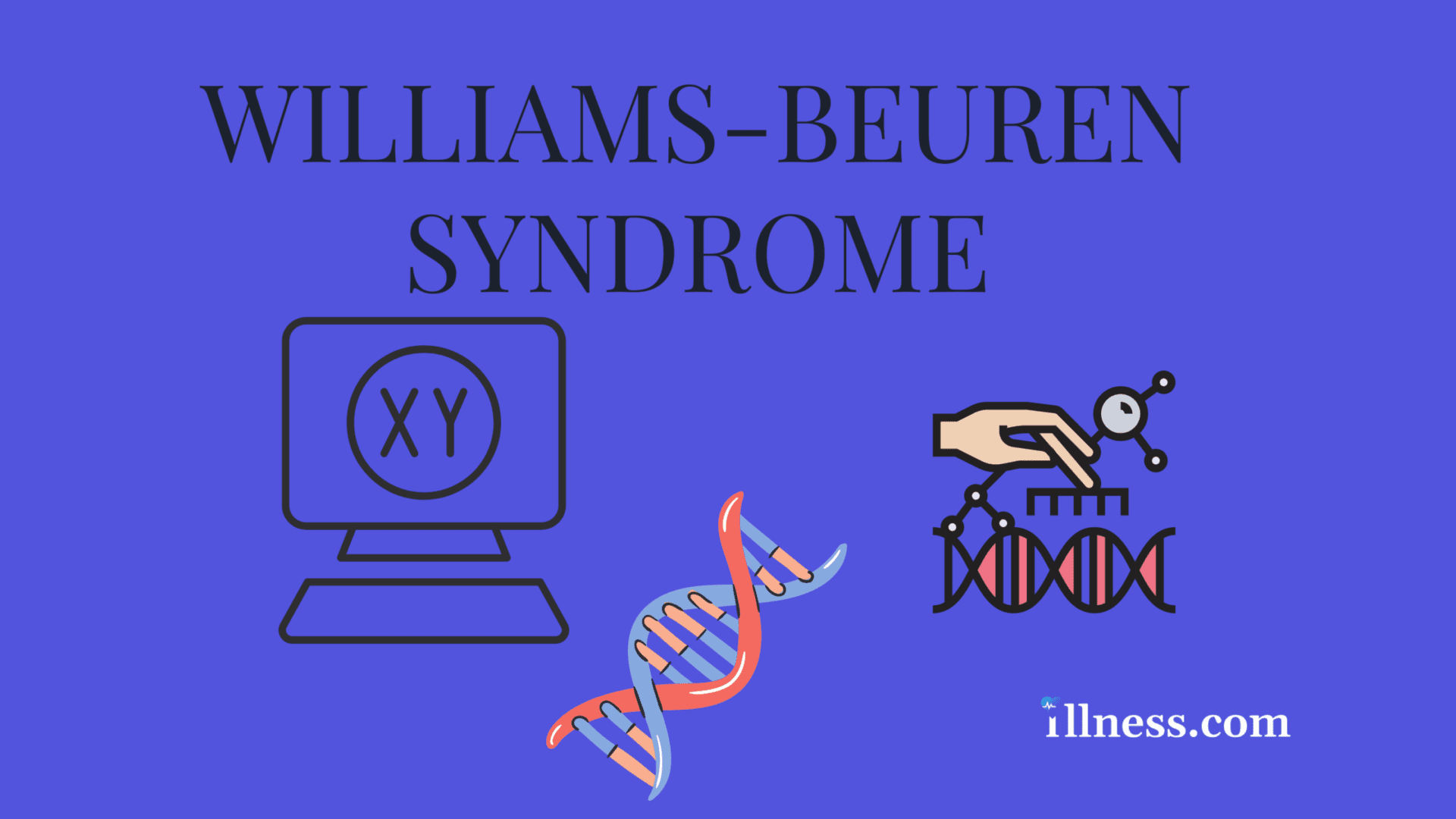
WilliamsBeuren Syndrome
Williams-Beuren syndrome, a multisystem disorder caused by the deletion of a chromosome region of 1.5 million to 1.8 million base pairs containing 26 to 28 genes, is a disorder of microdeletion.
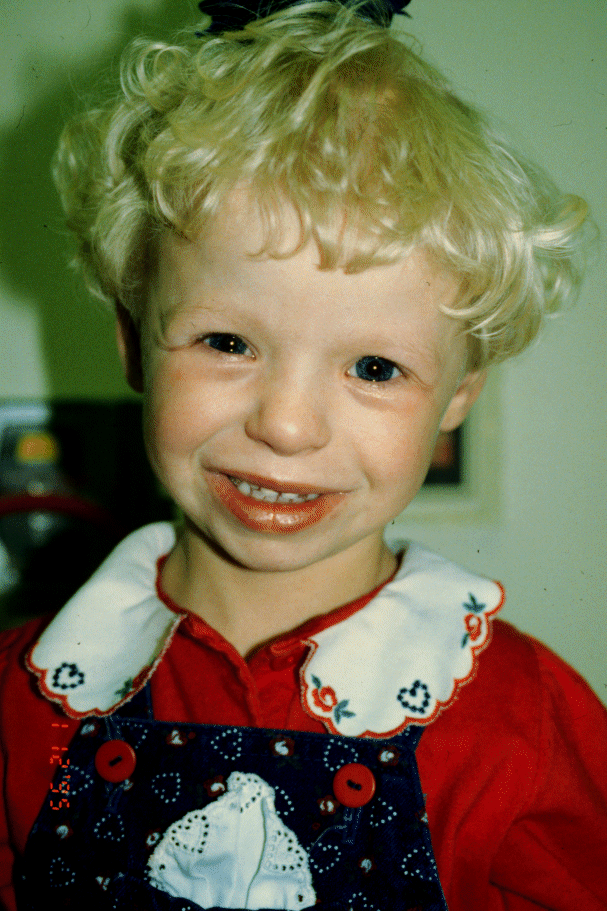
Williams syndrome A rare disease
Iemand met het Williams syndroom mist een stukje van chromosoom 7. Hierdoor heeft iemand sommige genen niet. Het gaat vooral om het CLIP2-gen, het ELN-gen, het GTF2I-gen, het GTF2IRD1-gen en het LIMK1-gen Bij sommige mensen met Williams syndroom mist het NCF1-gen. Als dit gen mist, dan hebben deze mensen juist minder kans op hoge bloeddruk. Deze 6 genen liggen allemaal op chromosoom 7, op de.

Typical facial appearance of individuals with Williams Beuren syndrome... Download Scientific
Williams syndrome (WS, OMIM #194050 [ 1 ]), also known as Williams-Beuren syndrome, is a multisystem, contiguous gene deletion syndrome caused by hemizygous deletion of 1.5 to 1.8 Mb on chromosome 7q11.23. The epidemiology, genetics, clinical manifestations, diagnosis, and management of WS are discussed here.

Williams Syndroom Kenmerken, Diagnose En Vooruitzichten 2023)
Over Williams-Beuren syndroom. Het Williams-Beuren syndroom is een genetische aandoening waarbij verschillende systemen in het lichaam tegelijk worden aangetast. Komt bij 1 op 20.000 geboortes voor. De oorzaak van het syndroom is het ontbreken van een stukje op chromosoom 7, waardoor onder andere het elastine-gen afwezig is.

Williams Beuren Sendromu Acil Çalışanları
Williams syndrome (WS) is characterized by developmental delay, intellectual disability (usually mild), a specific cognitive profile, unique personality characteristics, cardiovascular disease (supravalvar aortic stenosis, peripheral pulmonary stenosis, hypertension), connective tissue abnormalities, growth deficiency, endocrine abnormalities (early puberty, hypercalcemia, hypercalciuria.
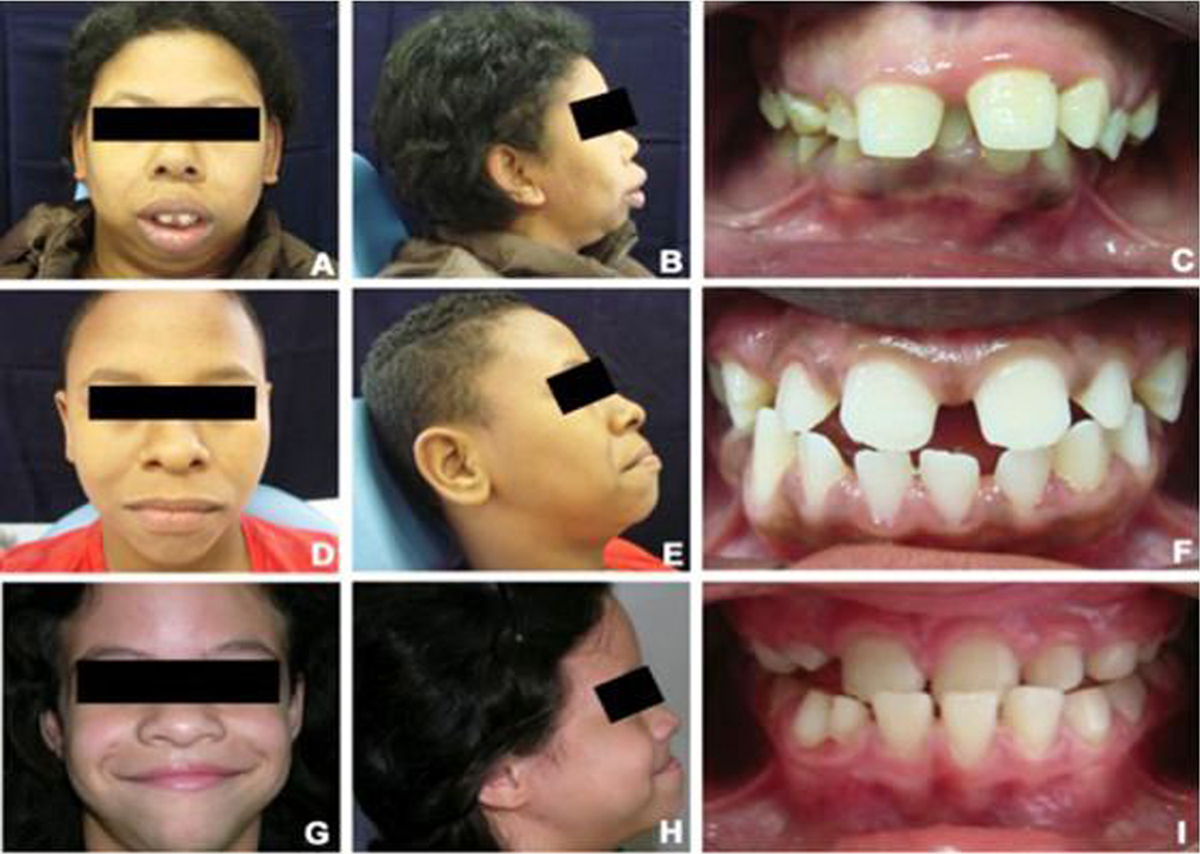
WilliamsBeuren syndrome a complete guide for oral healthcare Journal of Oral Medicine and
Williams-Beuren syndrome (also known as Williams' syndrome; Online Mendelian Inheritance in Man [OMIM] number, 194050), a multisystem disorder, is caused by deletion of the Williams-Beuren syndrome chromosome region, spanning 1.5 million to 1.8 million base pairs and containing 26 to 28 genes. Exactly how gene loss leads to the.

El Síndrome de Williams Beuren
Williams syndrome (WS), also Williams-Beuren syndrome (WBS), is a genetic disorder that affects many parts of the body. Facial features frequently include a broad forehead, underdeveloped chin, short nose, and full cheeks. Mild to moderate intellectual disability is observed in people with WS, with particular challenges with visual spatial tasks such as drawing.
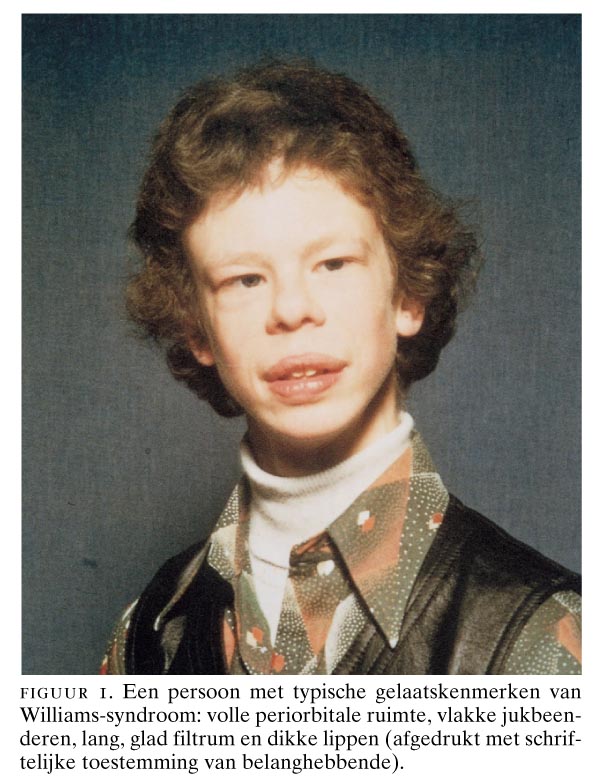
Williamssyndroom nieuwe inzichten in etiologie, pathogenese en kliniek Nederlands
Symptoms of Williams syndrome include: Chronic ear infections and/or hearing loss. Dental abnormalities, such as poor enamel and small or missing teeth. Elevated calcium level in the blood. Endocrine abnormalities: hypothyroidism, early puberty and diabetes in adulthood. Farsightedness. Feeding difficulties in infancy.
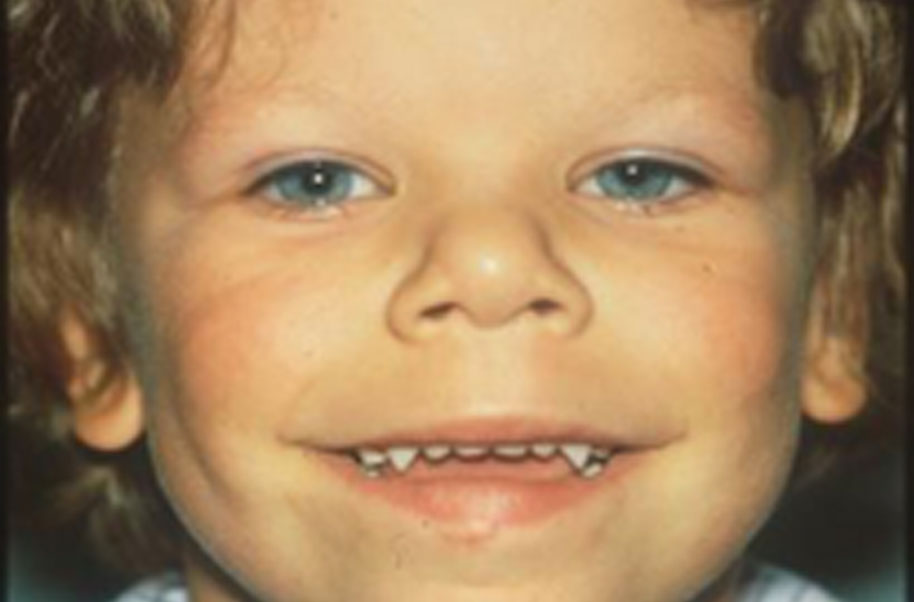
Williams Beuren Syndrome
Williams syndrome (WS), also known as Williams-Beuren syndrome (WBS), is a rare neurodevelopmental disorder characterised by: a distinctive, "elfin" facial appearance, along with a low nasal bridge; an unusually cheerful demeanor and ease with strangers; developmental delay coupled with strong language skills; profound visuo-spatial.
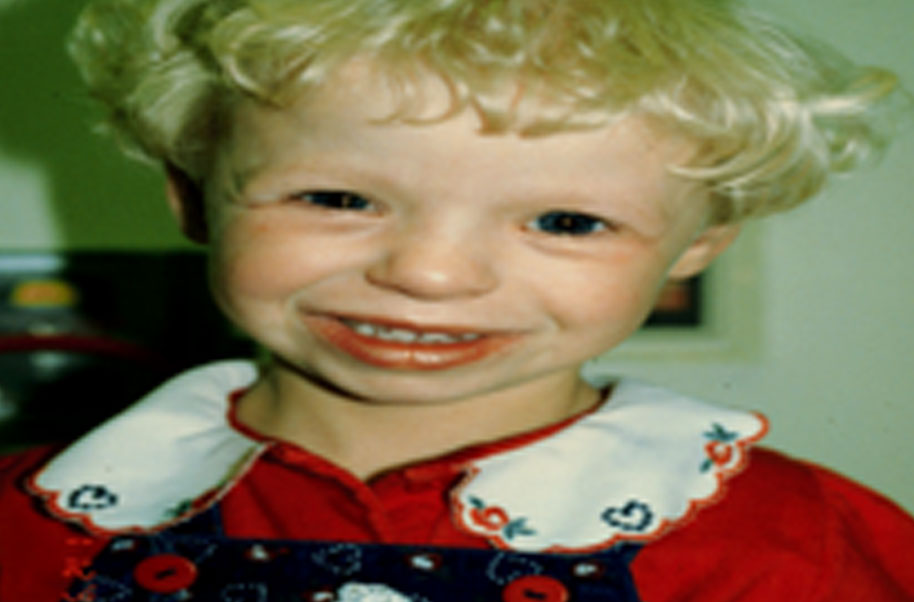
Williams Beuren Syndrome
Ali SM, Shun-Shin GA: Abnormal extraocular muscle anatomy in a case of Williams-Beuren Syndrome. J AAPOS. 2009; 13:196-197. Bela C, Klainguti G: Abnormal extraocular muscle insertion in Williams Beuren syndrome (WBS). Klin Monbl Augenheilkd. 2014; 382-383. Holmström G, Almond G, Temple K, Taylor D, Baraitser M: The iris in Williams syndrome.